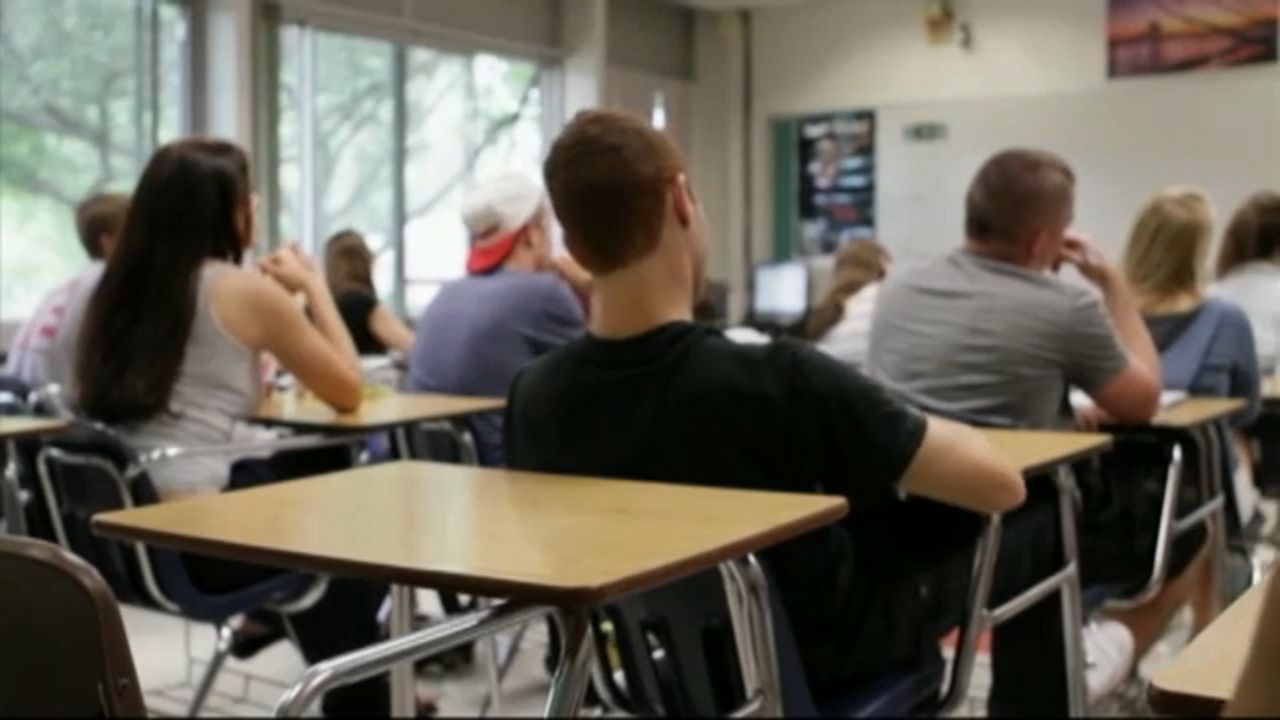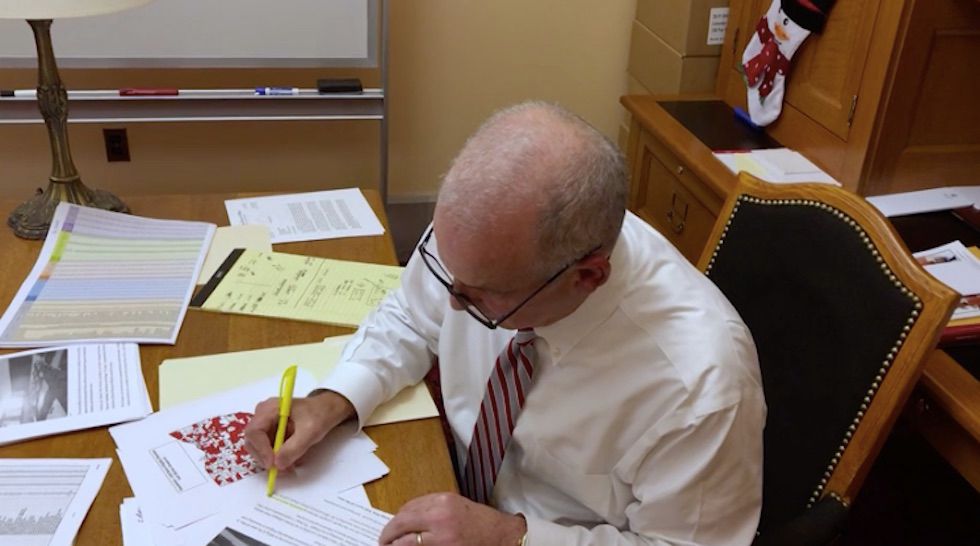Part 2 of a 4-part series "Making the Grade: The Public Cost of Private Education"
UNIVERSITY HEIGHTS, Ohio – Cleveland Heights-University Heights Chief Financial Officer Scott Gainer sifts through a load of paperwork while gazing at numbers on his computer screen. He's trying to figure out what to do about the district's budget.
- The district is giving up the most out of their budget to mainly private schools in order to fund EdChoice scholarships
- 335 this year who’ve never attended their schools became recipients
- Across the state, other public school districts are experiencing it too
"There's real difficulty because of the unexpected nature of the number of students who may be taking vouchers," said Gainer.
Gainer says since the state started allowing high school students who have never been to their schools, to get EdChoice scholarships, families jumping on the opportunity skyrocketed.
335 this year who've never attended became recipients, forcing the district to miss out on millions.
Looking at the big picture, out of all of the kids that get EdChoice vouchers, 94 percent of them in grades K-12 have never attended public school here.
Across the state, other public school districts are experiencing it too. In Cincinnati, 656 more high school students get vouchers. There are also 500 new high school students in Akron, 637 in Toledo and 307 in Columbus with the vouchers —none of who generated funding for school districts.
Regardless of numbers, everyone's feeling the effects.
"It impacts our ability to forecast for levies. It impacts our ability to bargain with our employees," said Gainer.
For Cleveland Heights-University Heights, this has meant that the district could only agree to a one-year contract with teachers.
And it's meant that for the second time in two years, they'll need ask taxpayers for eight million more dollars to deal with the influx of voucher requests.
With state funds frozen and no way of receiving additional funds over the next year and a half to cover a growing school system, Gainer doesn't see how Cleveland Heights-University Heights will be able to continue funding vouchers and district needs without making major cuts to things like art and supports for kids.
And he says that's put them in a tough position.
While most districts pay under five percent for vouchers, it costs this district 17.2 percent of their budget, which is way more than any other district in the state.
Youngstown falls right behind paying just over 15 percent. For Jefferson Township Local, it’s 14 percent and 13 percent for Euclid City Schools.
For now, Cleveland Heights-University Heights waits like everyone else to see what legislators will do.








